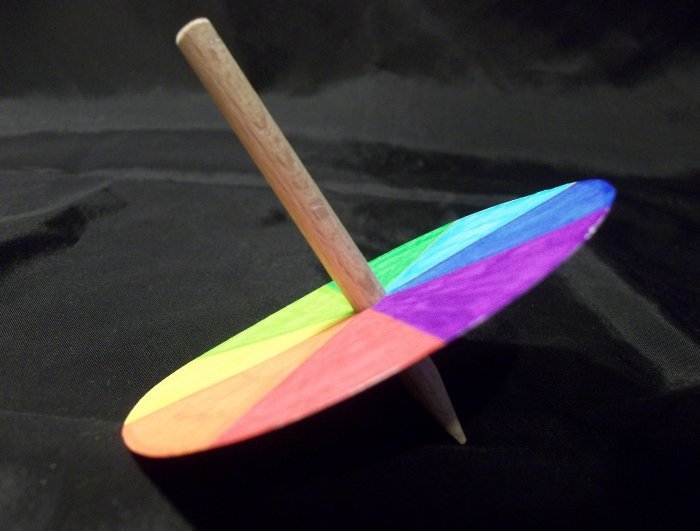As a network we work with children in KS2 who have as yet limited spoken language skills but also we work with children who have been learning the target language for 3,4 or 5 years and even more.As a network we need to get our
children talking creatively and independently!Our current target with the more advanced learners are that :
We want our
children to progress in their independent use of language!
We want the children to be able to say more
than just limited responses!
The intention of the
first sequence of activities below – which should be developed over a series of lessons – is to begin to enable the class to explore
pictures , photographs and stories in
more detail. The activities are transferable so that over the course of the next academic year we can revisit the languages, set up the investigations and hold interesting discussion across a range of content and contexts. The intention is that the children
become empowered to extend what they can
say and to allow them to access what they want to say.
You need to first take a look at Teacher French or Spanish
Talk Prompts to deliver the activities below.You can download the PDFs below
The activities are based in the first instance around looking at famous picture and using these pictures as a stimulus for group talk.
Here are some famous works of art to explore and the content and contexts for which they could be useful
Possible
pictures
Famous Art we like to use. Possible focuses for
discussion are listed in brackets after the title of the piece of Art and the
name of the artist)
·
The Boating Party , Renoir (people, clothes , food ,
activities, animals)
·
Surprised : Henri Rousseau (jungle, colours,
weather, actions, animals, emotions)
·
The Poet Reclining , Marc Chagall (people,
countryside, animals, weather, actions, emotions)
·
The Starry Night, Van Gogh (weather , objects ,
town at night , colours, emotions)
·
Las Meninas, Velázquez (people, families,
clothes, colours, emotions, actions , house and home)
·
La Grande Jatte, Georges Seurat (parties,
activities, weather , clothes , emotions, people)
·
La historia de José, Antonio di Biagio (animals,
actions , clothes, colours, )
·
July , the Seaside , LS Lowry ( weather, objects
, activities, actions, colours, clothes , people, family
Artcyclopedia can help you to locate the pictures you want to use.
Below are the sequence of activities which can support your young learners to practise and explore becoming more creative and independent in their use of the target language.
A.
Word
Warm up activities
To ensure that all the children can contribute to the Talk
Prompt activities, start with some Word Warm Ups. Ask the children to:
- Name / show / find certain categories of words e.g. colours,
weather phrases , animals, clothes
- Give the children
talking time to complete this with a partner or a group.
- Take feedback .
Ask the children to :
- Check the language they have found by cross referencing this
language in bi-lingual dictionaries .
- Consolidate the knowledge through a game of charades/ an
alphabetical challenge (60 seconds to say five of the words in alphabetical
order etc)
B. Class
consideration
Either give out the picture to the class or show a large
version of the picture on the IWB screen or flipchart.
Ask the children in their pairs or on their tables to :
- Familiarise themselves with the picture.Spot any items from the Word Warm Up activity above.
- Give each table a blank
piece of paper and ask the children to
create “word graffiti” art of the picture.They must write
down the key items / emotions/ descriptive phrases they have identified in the picture and
the words or phrases should be positioned in a similar place on the blank
piece of paper to where the item/ emotion etc is depicted or found in the
picture
- Take feedback from the groups .Which words /phrases have they been
able to locate and place in their replica “word graffiti “ pictures? As the children give you their
feedback , either write up or invite a child to help you write up the key
language that is being suggested by each pair/ table on a flip chart
- Table experts .Each table becomes an expert table . This means that each table has a theme
e.g. weather phrases, animals, colours, emotions, objects, clothes, food –
the categories will depend upon the picture you have chosen to use . The
expert tables must firstly decide as a group which of the brainstormed
words and phrases written on the flip chart are phrases that fit in their
category- sometimes a phrase might match two categories e.g. a colour and
an item of clothing. You should call out a phrase or word from the
feedback and the expert tables must listen and if they think it’s from
their category they should put up their hands. Increase the speed and
quantity of language used to make the activity more challenging. Ask for
volunteers to take the teacher’s role in the activity.
C. Talk Prompt Activities, matching
questions and answers
- Give out the “Children’s
stem responses “(from the Talk Prompt PDF above) either as separate
cards – one card per pair , or as groups of three stem responses to pairs
. The children’s stem responses are
located on the “Teacher Talk Prompt Sheet”
- Ask the children to read
and apply their knowledge of the language to decide how to pronounce the stem
responses correctly and also the meaning of the stem response.
- Can the children match
their stem responses to the possible questions you show them and you say
from your “Questions for children” on the “Teacher Talk Prompt Sheet”
- Swap stem responses
between pairs and re-run the activity so that children familiarise
themselves with a variety of stem responses and the link questions
D.
Talk
time
- Children working in pairs or
groups,possibly with the support of a TA or teacher , should now investigate
the picture and be encouraged to actually "be in the picture" – even if there are limited characters that they can locate.
- They should use their imaginations to step into the picture
.Guide the children into this target language activity with the key phrases
from the “Let’s imagine setting up the activity” phrases on the “Teacher Talk
Prompt Sheet”
- Hold “Listen ins” and ask
children to feedback the language they are developing to describe what they see
and what they are doing.
- The children may use notes to prompt them if they have
jotted down information.
- Ask one pair to share with
another pair their imaginary conversations and creative descriptions that they have generated inside the picture.what they have created- as spoken inside the picture” activity.
E.
Let’s
imagine
As a whole class step back into the whole picture and now ask the specific questions from the “Questions for children” on the
“Teacher Talk Prompt Sheet”. Take responses from several groups for
each question.
Ask the children to listen
carefully and to imagine the scene they are creating as a class.
F. Return to the
picture
In a following lesson , return to the picture and see if the
children can respond appropriately to the simple questions from “Looking at
pictures together” section on the “Teacher Talk Prompt Sheet” and
can they remember their responses to the “Questions for children” on the “Teacher Talk
Prompt Sheet” from the previous lesson?
You will now be able to use some of these activities to
explore pictures , photographs and stories in more detail with the children
over the course of the year , to extend what they can say and to allow them to
access what they want to say .





















